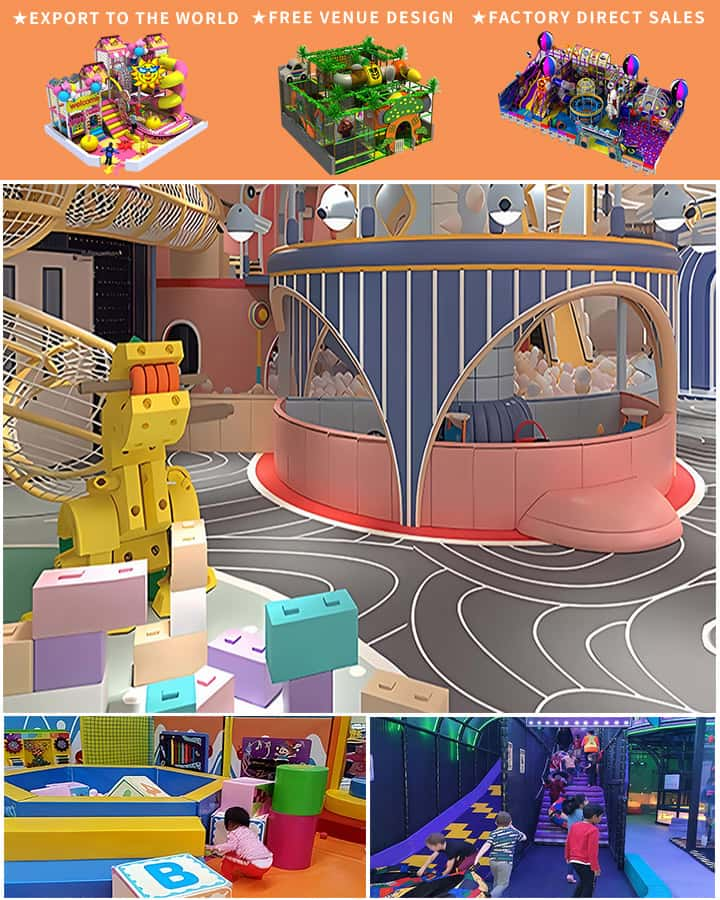When it comes to creating an indoor playground for children, understanding the costs involved is crucial. Indoor playground equipment prices can vary significantly based on a range of factors including size, material, complexity, and safety features. This comprehensive guide aims to shed light on the various components that influence pricing, ensuring you get the best value for your investment.
Types of Indoor Playground Equipment
Indoor playground equipment comes in several varieties designed to cater to different age groups and developmental stages. Common types include:
- Slides: Available in numerous designs such as straight, spiral, and wave slides.
- Trampolines: Both open and enclosed models, providing a fun way for kids to expend energy.
- Climbing Structures: Offering vertical challenges and encouraging physical fitness.
- Interactive Play Systems: Incorporating elements like ball pits, obstacle courses, and sensory play areas.
- Soft Play Equipment: Typically made from foam or soft materials, designed for safe exploration and play.
Key Factors Affecting Prices

Several key factors contribute to the price of indoor playground equipment, each playing a significant role in determining the overall cost:
Size and Dimensions: Larger pieces of equipment typically require more materials and labor, thus commanding higher prices. Modular systems allow for customization but may also increase costs.
Material Quality: High-quality materials such as non-toxic plastics, durable metals, or reinforced foam are more expensive upfront but offer better longevity and safety.
Safety Standards: Equipment compliant with international safety standards (like ASTM and EN) often costs more due to rigorous testing and certification processes.
Customization Options: Tailored designs, unique themes, and special features such as interactive digital elements can significantly elevate prices.
Brand and Manufacturer: Established brands known for quality and reliability tend to charge premium prices compared to lesser-known manufacturers.
Installation Fees: Some equipment requires professional installation, adding to the total cost. DIY kits might be cheaper but could compromise on safety and quality.
Budget Considerations
To make informed decisions, consider the following budget-related aspects:
Initial Investment vs. Long-term Value: Investing in high-quality equipment might have a higher initial outlay but offers better durability, reduced maintenance costs, and enhanced safety.
Space Optimization: Efficiently planning the layout can help maximize the use of available space, potentially reducing the need for additional, more costly structures.
Maintenance Costs: Opt for materials that are easy to clean and maintain; otherwise, ongoing costs can add up over time.
Funding and Financing Options: Explore various financing options like loans, grants, or partnerships to ease the financial burden.
Conclusion
Purchasing indoor playground equipment involves a careful balancing act between cost, quality, and safety. By evaluating the different types of equipment, understanding the factors affecting prices, and considering budget constraints, you can make informed decisions that create a fun, safe environment for children to enjoy. Always remember, while price is a crucial factor, the benefits of durability, safety, and long-term enjoyment far outweigh the initial investment.




